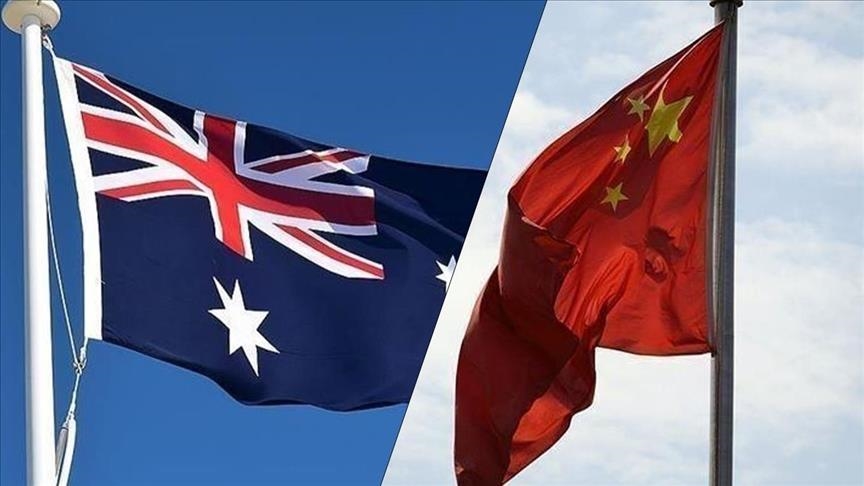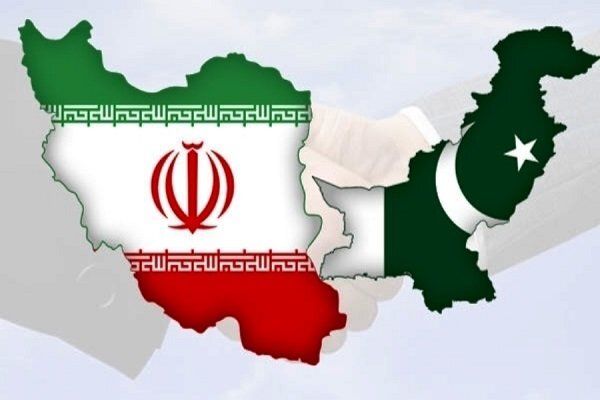Don Farrell, the trade minister for Australia, spoke virtually with Wang Wentao, the commerce minister for China, on February 6, 2023. At same time, Farrell also disclosed that he had agreed to visit his Chinese counterpart Wang Wentao in person in Beijing. The declaration is the latest recent indication that relations between the two nations are improving.
Despite some recent difficulties, China and Australia will commemorate their 50 years of bilateral relations in 2022. The both presidents convening in Bali during the G20 to talk about how to strengthen their relations going forward.
On November 15, 2022, at the G20 Summit in Bali, Indonesia, Australian Prime Minister Anthony Albanese and Chinese President Xi Jinping finally met after a protracted diplomatic impasse. The two leaders agreed at the time that their economies were “complementary” after discussing trade connections. As part of their agreement, Australia and China pledged to “enable the stable development of Australia-China ties and engage in greater cooperation on key areas like climate change, the economy, and trade.”
Earlier in 2022, Albanese had issued a warning that things would stay “tough” with China, which would have meant tenseer trade relations between the two nations. China still contributes for more than 35% of Australian exports and 25% of imports, despite the ongoing tensions and trade restrictions.
According to the Australian Department of Foreign Affairs and Commerce, China is Australia’s largest two-way trading partner in terms of goods and services, accounting for almost one-third of the country’s international commerce. Australia, on the other hand, ranks as China’s fifth-largest import market and tenth-largest export destination.
Despite geopolitical concerns, the two countries’ economic and trade cooperation has been expanding steadily over the previous two years.
According to General Administration of Customs (GAC) data, bilateral trade between the two nations totaled US$220.91 billion in 2022, down 3.9% year over year. Australia’s exports to China totaled US$142.09 billion, down 13.1% from 2021.
The natural resources (coal and gas), wool, and culinary and agricultural products from Australia—beef, wine, barley, and seafood, to name a few—all have considerable competitive advantages in China. Additionally, Australia is an important trading partner for China due to its large reserves of essential minerals, including lithium and iron ore. Notably, Chinese corporations hold stock in significant Australian mines.
Refined petroleum (US$496 million), computers (US$403 million), cellphones (US$352 million), vehicles (US$324 million). While other furnishings (US$157 million) were the leading exports from China to Australia as of December 2022.
Australia, meantime, might gain significantly from China’s recent transition to a “living with COVID” strategy and subsequent gradual opening up of its borders. Since China is the biggest buyer of Australia’s tourist and education exports. The services industry stands to benefit the most from Beijing’s openness. China accounted for 26 percent of all international student enrollments and 15.3 percent of Australia’s inbound tourism in 2019. Future official discussions may centre on these two important industries.
















